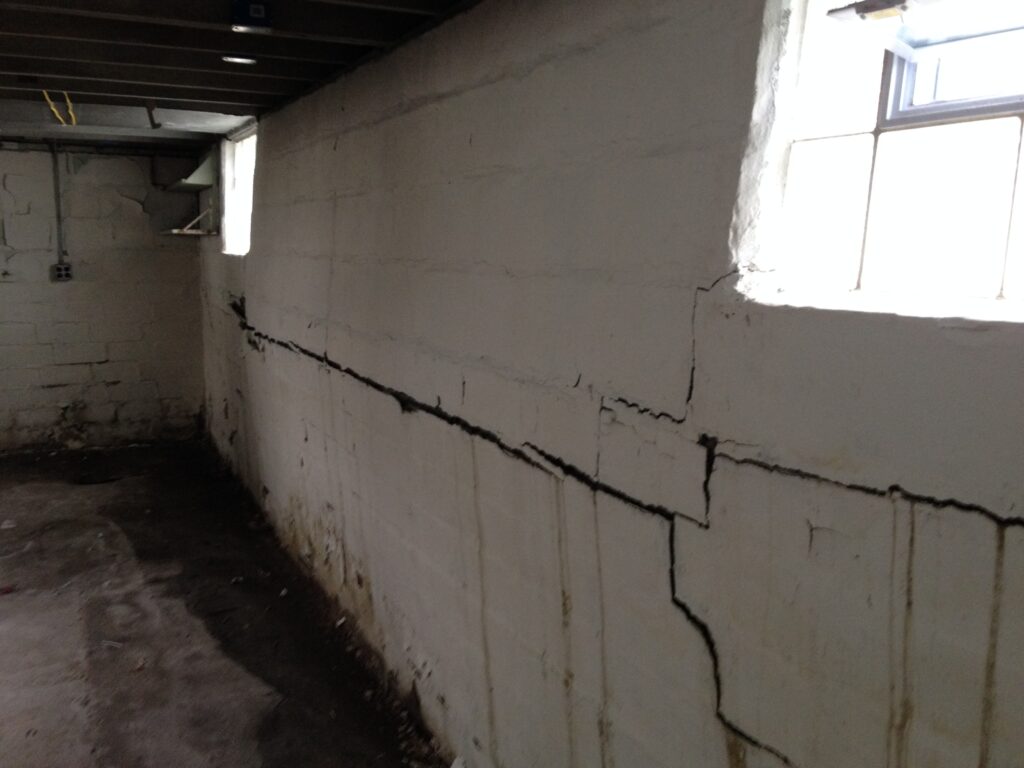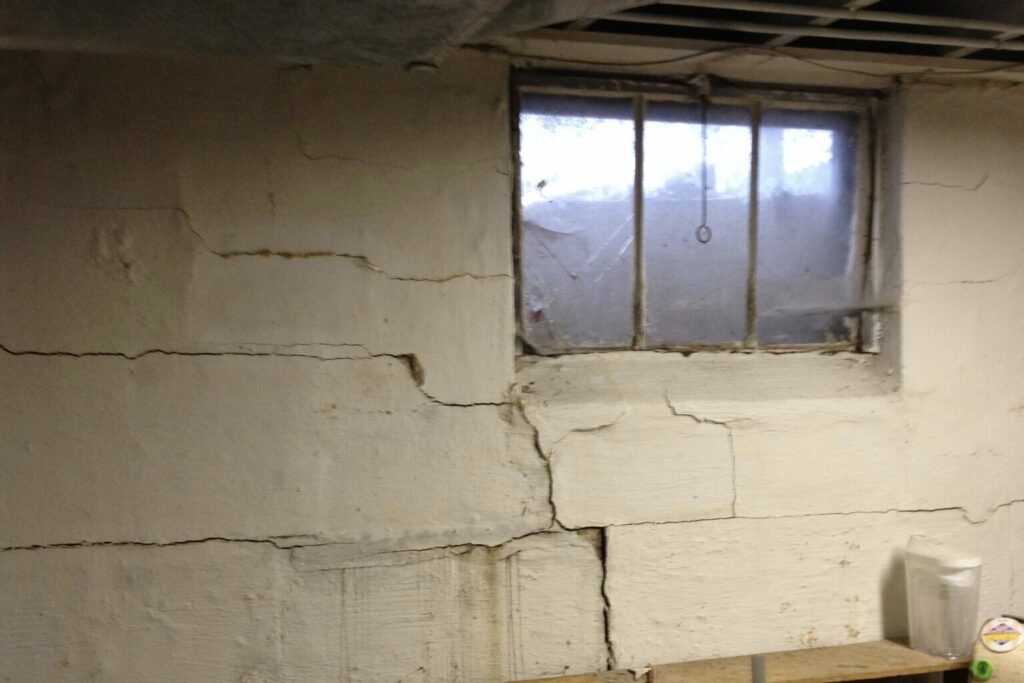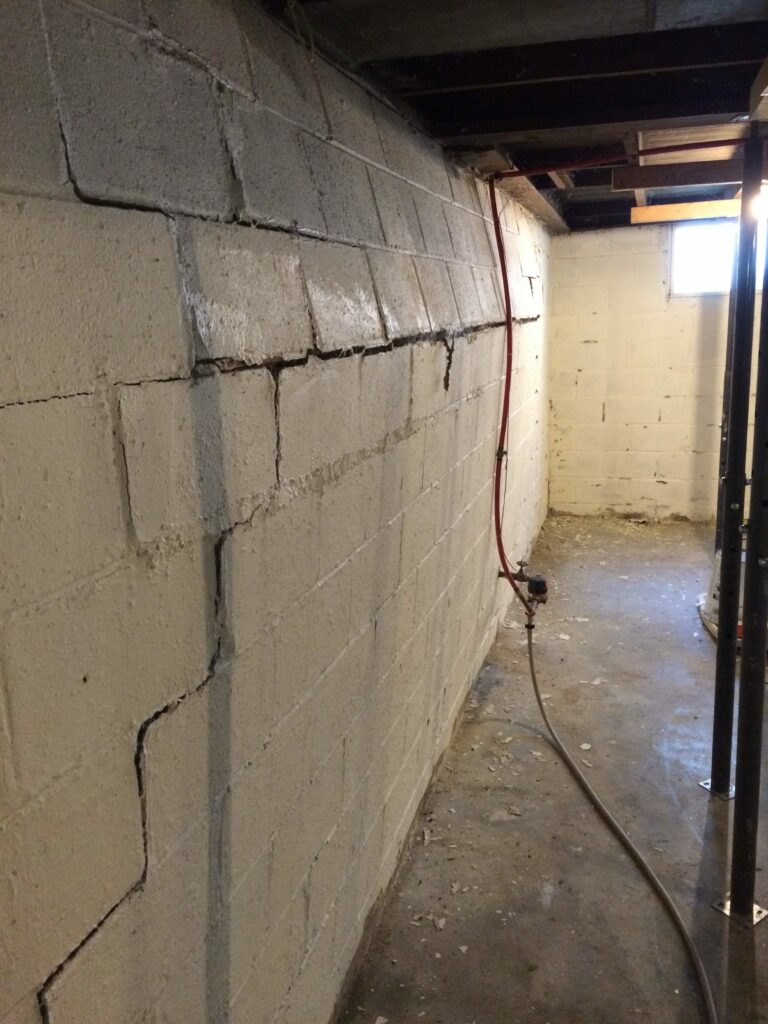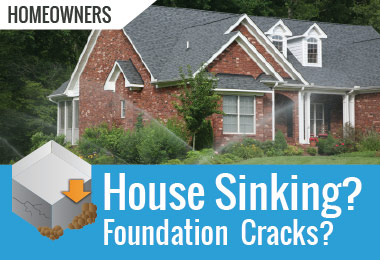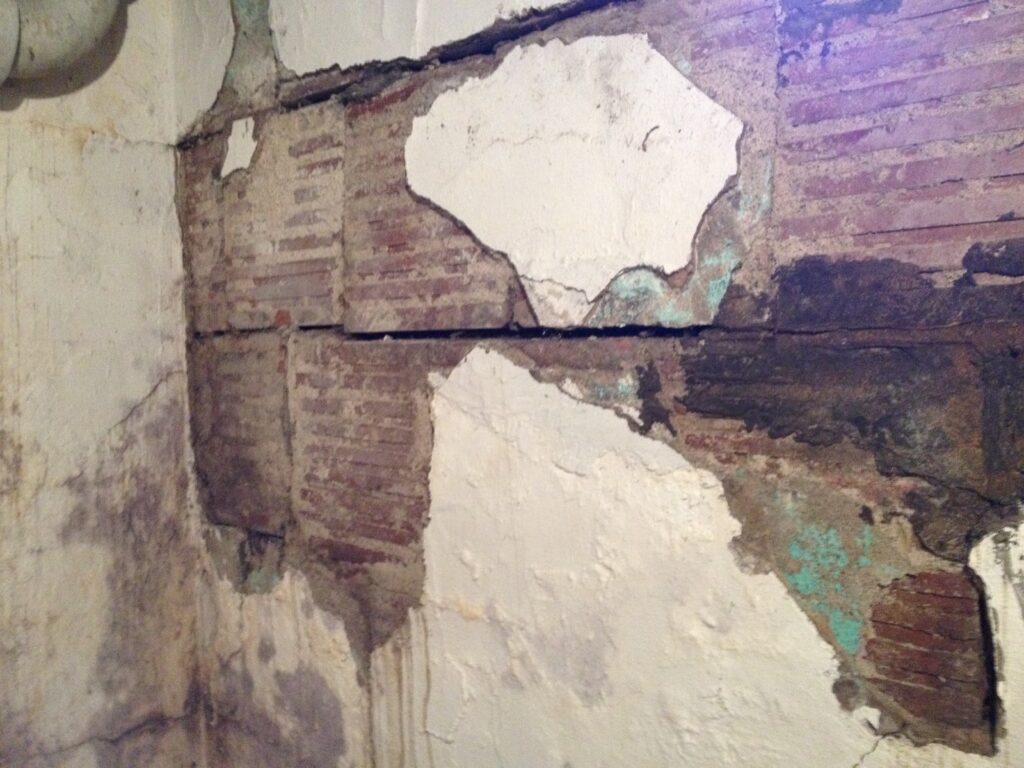Basement Wall Repair
Basement Wall Repair How do you know what the best basement wall repair is for your basement? There are several types of foundation repair methods available and each is designed to solve a specific issue. There are basement walls that are tipping in at the top and basement walls that are bowing in along a horizontal crack. […]
Basement Wall Repair Read More »

